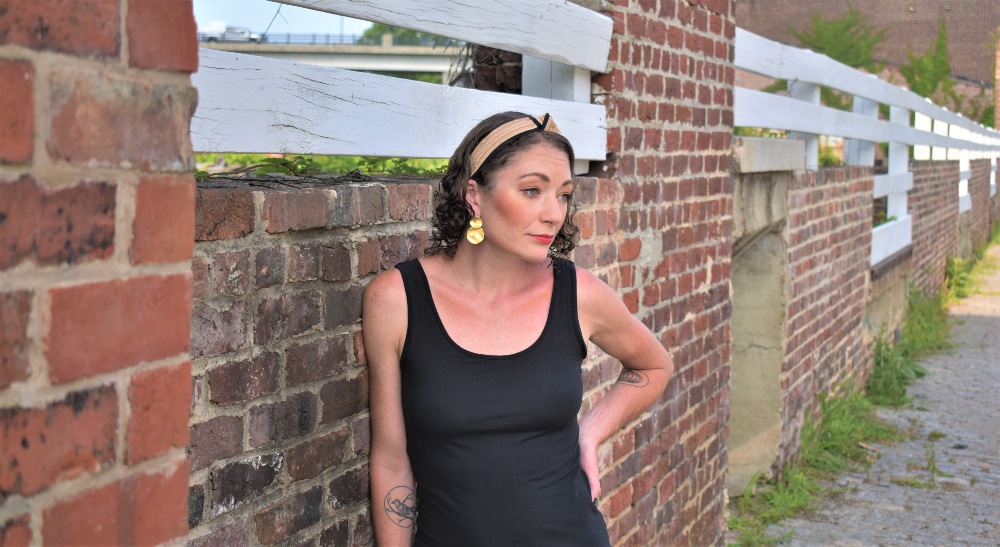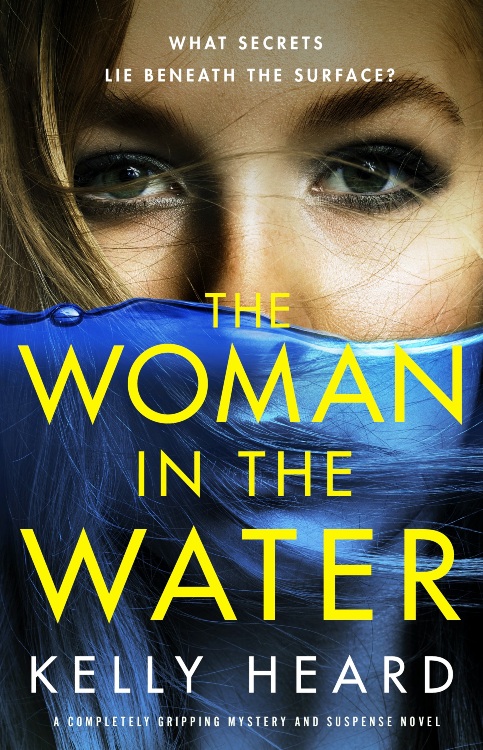
Something about the last year-or-so has really brought out the Gothic tendency in my writing. I blame COVID. It turns out that humdrum suburbia can take on quite a menacing, surreal feeling when you don’t leave your house. I agree with whoever said that write what you know is only okay advice, that the good advice is to write what you love. For me, that turned out to be foreboding old houses, ill-omened romance, thunderclaps that wake you in the night, and so on. Here are seven twists on classic Gothic tropes that appear in my new book, The Woman in the Water.
1. A prophecy. Curses, local legends, and fortune tellers with grave outlooks: omens are frequently used plot devices in Gothic novels. The Woman in the Water opens with a warning: don't go into the swamp. People say there are ghosts out there, the ghosts of drowned girls, jealous of the living. It's your guess as to whether the main character listens to the warnings—or if she even believes them.
2. Damsel in distress. We are all familiar with the prototype: the fainting, swooning maiden. Often, she is a prisoner: to the haunted house, to convention, to her own virtue. It was important to me that Felicity should have more empowered traits than those, that she be capable of critical thought, and ready to fend for herself. Yet, she is a captive in a way: to her own past, perhaps even in ways she is not capable of changing.
3. The supernatural. From ghosts to vampires to apparitions, Gothic novels disrupt the boundary between this life and what is beyond. My protagonist Felicity knows that her sister is dead—and that she's too late to save her, as much as she wishes she could. What confounds her is the way everybody in her small town, even her sister's estranged husband, even the police, seem all too content to believe that her death was nothing but an accident.
4. A haunted house. There is always an estate, decaying castle, or something of that sort, often situated on a sweeping estate on the moors, or near a dark and tangled forest. I wanted my new story to feel like stepping into the nostalgic glow of the past—only, it’s a version of the past where something's gone sideways: like a murder mystery inside a 1950s American fairytale. Felicity's house sits at the edge of a flooded swampland, near the remains of a deserted fairground, complete with vine-covered and rusted swing rides and collapsing buildings.
5. Weather. In every beloved Gothic novel, it seems there is always a storm gathering at the horizon. The weather is frequently violent and dramatic, echoing the fraught emotions and suspense in the plotline. Foul weather can also be a plot device, adding a touch of threat, or an obstacle to escape. But I love “bad” weather. I appreciate the drama it adds to my day, and the break in routine. In The Woman in the Water, I wanted nature to be more than an indifferent threat. At the most crucial moments, Felicity finds that her natural surroundings are more ally than obstacle—offering a place to hide, or the sound of rain to drown out footsteps.
6. Nightmares. It's a classic: a foreboding nightmare, perhaps even a dream that conveys a warning, or foreshadows danger to come. But Felicity doesn't sleep well, or much at all. When she does sleep, she usually sleepwalks, and she would like to avoid that. But her sleep-deprived haze induces what she believes are waking nightmares, leaving her in doubt as to where, exactly, is the boundary between real and imaginary.
7. Forbidden love. Many Gothic novels hinge on a tragic passion that, usually, ends in ruin. As the year now is 2021, Felicity is more of a post-ruin heroine, and has decidedly moved on from the past events that would have decidedly offed a more traditional maiden-protagonist. Unfortunately for her, the object of her former heartbreak is still quite alive, and might even have some information about the past that Felicity needs.

The Woman in the Water by Kelly Heard is out now.
RELATED: Writing a psychological thriller, by author Claire Allan

